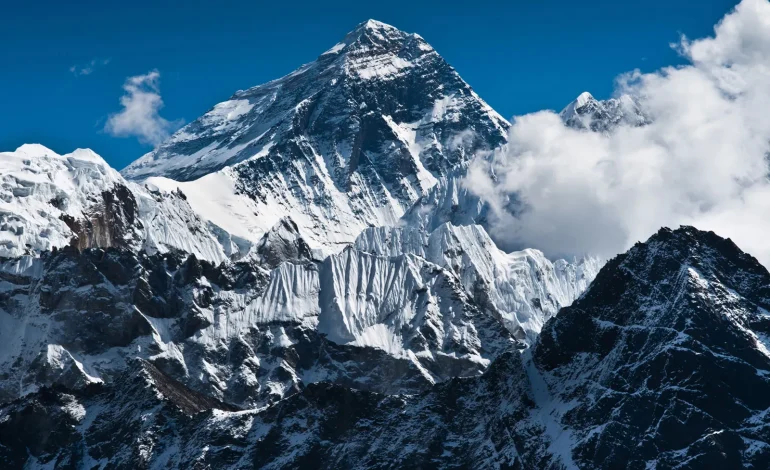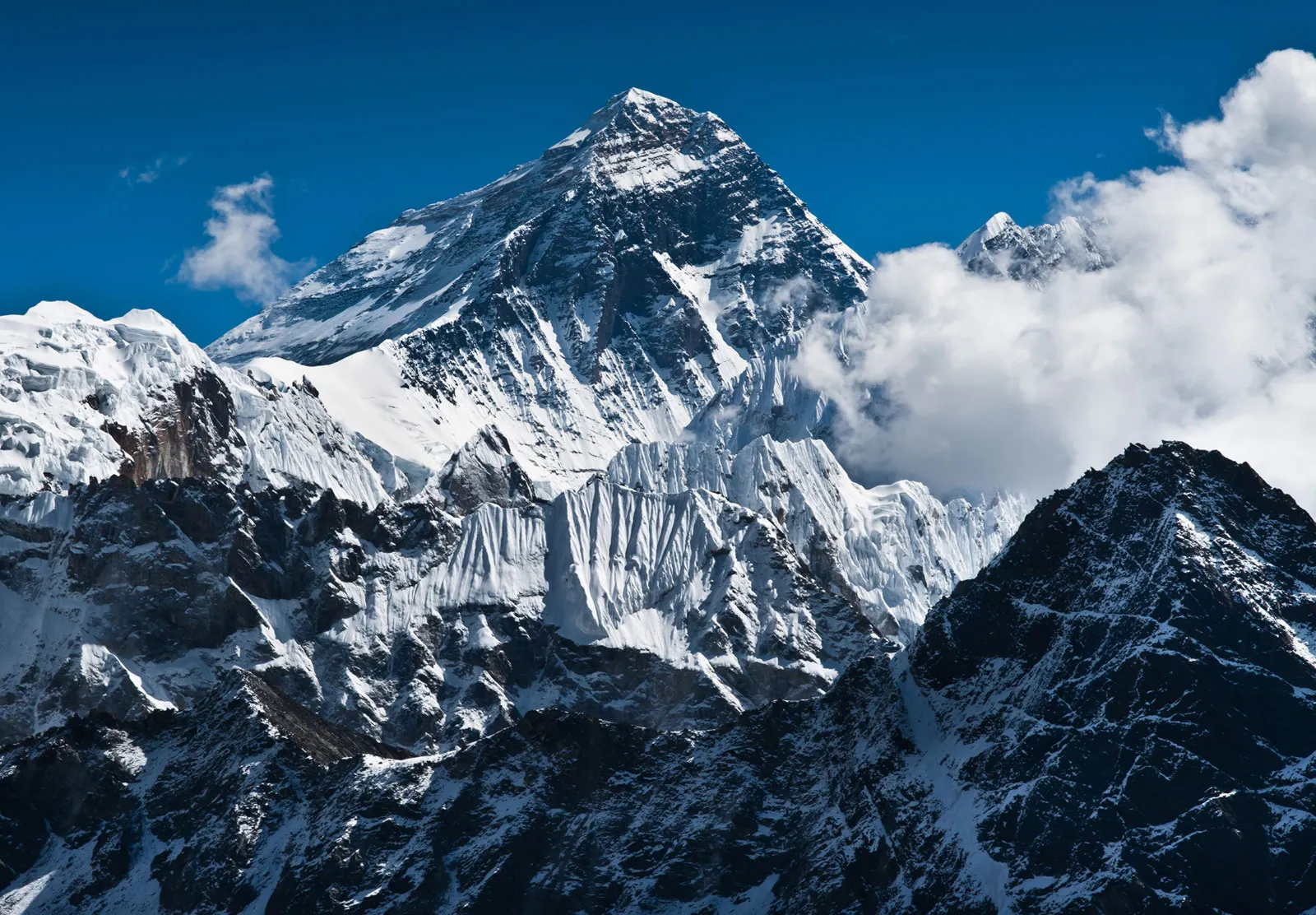Everything about Pashupatinath Temple
- By Roshan
- June 25, 2022
Table of Contents
ToggleAbout Pashupatinath Temple
Pashupatinath Temple is the oldest Hindu temple in the heart of Kathmandu valley, Nepal, near Tribhuvan International Airport. Pashupati is in province number 3 in the Bagmati region. In the 5th century, a temple was built, and the Pashupatinath temple was on the list of UNESCO World Heritage sites in 1979 AD.
It covers an area of 246 hectares which includes ghats and temples. It is the main Hindu temple of Lord Shiva; the temple complex provides a special atmosphere for Hindu devotees. The temple is for both Hindus and other non-Hindu visitors. Visit Pashupatinath temple once you land in Kathmandu.
The main temple complex and sanctum sanctorum of Pashupatinath remained intact, but the outer sanctum of the complex in the 2015 Baisakh earthquake was heavily damaged. There are many small single-storey stone mandirs around the Pashupati mandir.
Location
The exact location of the Shree Pashupatinath temple is in Gaushala, Kathmandu. It is also well known as the Pashupati area. You can easily access the temple complex through local buses and taxis. The temple is near Kathmandu Airport in Nepal. Ring road touches the temple so that you can reach the temple anywhere from Kathmandu valley. Most people stand on the road near Pashupati Mandir and enjoy the view.
History Of Pashupatinath Temple
Pashupati temple, also called Pashupati Mandir, is the oldest Hindu temple in Kathmandu valley dedicated to Lord Shiva and has existed since 400 AD. The holy place is on the eastern bank of the Bagmati river, also considered holy water by Hindus. The Pashupatinath Temple has many legends attached to its existence.
After the war of Kurukshetra, Pandavs were regretful after killing their cousins, brothers, and ancestors, also called “gotra wad”. So, to pay for their deeds, they searched for Lord Shiva. But Lord Shiva did not want to forgive them for their deeds. So, he changed into a bull(bell) and tried to escape, but Pandavs knew it and chased him in this process. Lord shiva vanished inside the earth. After the incident, lord shiva’s body parts were in different parts of Nepal and India, where his head ensued in Nepal, known as Linga. The divine Linga is worshipped, and his body ensues in India on the lap of the Himalayas(Kedarnath).
Importance Of Pashupatinath Temple
Pashupatinath Mandir is one of the oldest and largest religious sites of Lord Shiva in Kathmandu Valley. According to the Hindu religion, Pashupatinath Mandir is also the protector of the Universe. Thousand of tourists across the world come to visit the Pashupatinath temple. It is the biggest and most powerful Hindu temple.
Pashupatinath Mandir is the head of Lord Shiva. International tourists also visit the temple due to wooden sculptures, statues of different gods, and numerous carvings are the reason for the attraction of foreign tourists. The temple complex is important in religious views as well as tourism views. Pashupatinath Temple lies on the bank of the Bagmati river. It is also a holy river for both Hindus and Buddhists. Dead bodies are taken to the holey river Bagmati for cremation.
Who built Pashupatinath Temple?
Prachanda Deva built the beautiful temple of Pashupatinath, Licchivi King, according to Gopalraj Alok Bhatt. According to another history, the Pashupatinath Temple was originally a Linga-shaped Devalaya before Supuspa Deva built a five-story Pashupatinath temple. It is well known that Shivadeva (1099 1126 CE), a medieval ruler, rebuilt this temple. Ananta Malla renovated it and gave it a roof.
Mythological Story
There are several stories behind the construction of Pashupatinath Temple. Another mythological story of the Pashupatinath temple is that while traveling, Shiva and Parvati stopped in the Kathmandu Valley and broke by the eastern bank of Bagmati. Shiva and Parvati transformed into deer and entered the forest because of its beauty, and the surrounding vegetation moved them. Numerous locations in the Kathmandu Valley connect to Shiva’s previous incarnations as deer. The people and gods eventually started looking for Shiva.
After many difficulties, they eventually located him in the wilderness, but he resisted leaving. But in the end, Lord Shiva declared that he would henceforth be known as Pashupatinath, Lord of all animals, because he had previously dwelt by the Bagmati river in the shape of a deer.
Architecture of Pashupati
The Pashupatinath temple is in the Nepalese pagoda style of architecture. The temple complex has wooden rafters and cubic sculptures, with two levels of roofs of copper and god sheets coverings. The temple is 23 meters high and has a base of 7cm. The temple has four main doors made out of silver sheets. The temple has a gold pinnacle(gajur). In front of the temple’s west door is a large sculpture of Nandi, built of brass.
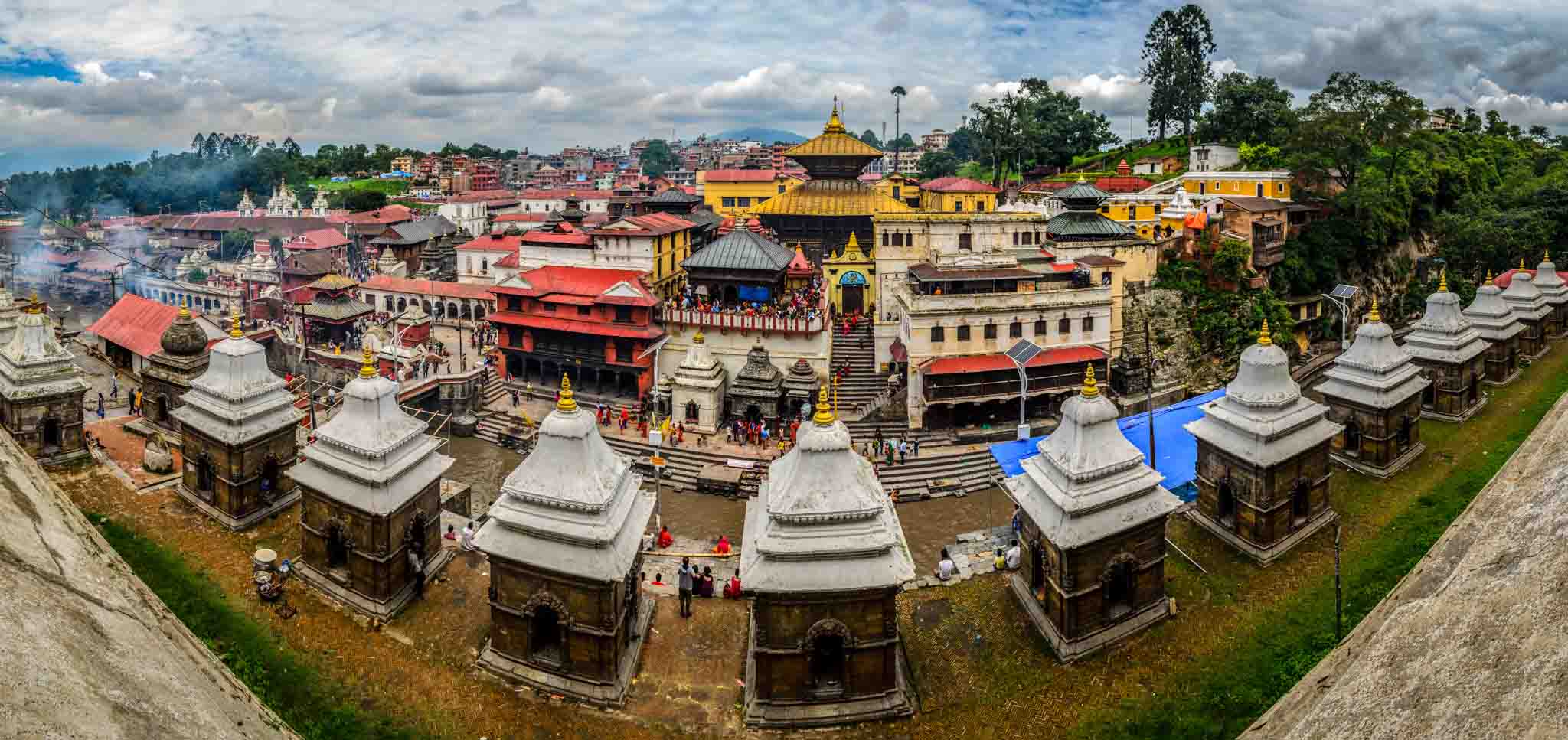
Inside Pashupatinath temple
Pashupatinath Temple Lingam is a four-faced ling in four directions representing Lord Shiva’s various features. The east-facing face is tatpurusha, the west-facing is called sadyojata, the north-facing is Vamadev, and the south face is Aghora. The Lingam is always dressed in golden attire except during abhisheka(pouring milk and gangajal).
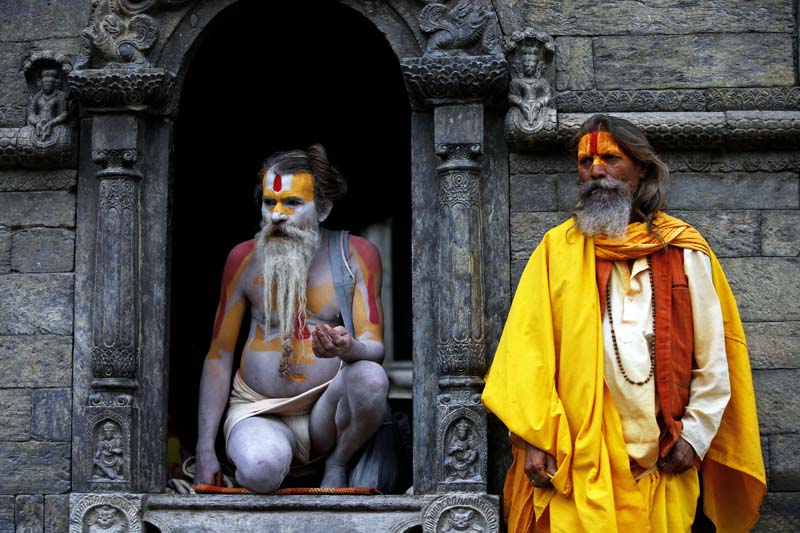
Bagmati River
The Bagmati River in Kathmandu, Nepal is also important for the cremation of Hindus on the banks of this holy river and the cremation of Kirants in the hills beside it. They perform open cremations at the Pashupatinath temple on a daily basis as it’s situated on the Bagmati river.
According to Hindu tradition, the dead body is immersed in the river three times after death to stop the reincarnation cycle. The first son, who lights the funeral pyres and relatives, takes baths in holy shrines. It is a holy shrine for both Hindus and Buddhists. The banks of the river are full of shrines: Gokarneshwor, Guhyeshwari Temple, Koteshwor Mahadev, and Shankhamul are some of the famous temples located.
Priests
The priest of Pashupatinath temple is Bhatt priests and Rajbhandari priests. Currently, four priests in the temple can only touch the ling. They all are south Indians, which Raj Gurus of the temples choose. The four priests are Ganesh Bhatt from Udupi, Ram Karanth Bhatt from Mangalore, Girish Bhatt from Sirsi, and Narayan Bhatt from Bhatkal. Rajbhandari is the assistant priest and caretaker of temples. While the inner garbhagriha is home to the idol of Lord Shiva, only four priest can touch the main idol of Pashupati Mandir.
Entry:
The temple has four doors. Out of four entrances, the west entrance is the main entrance of the temple courtyard, and the other three entrances are opened only during festivals due to the crowd of devotees. Nepal police and the Pashupatinath area development trust are the people who enter the inner courtyard. Only Hindu and Buddhist people have permission to enter the main temple courtyard. The temple courtyard remains open daily from 4 am to 7 pm for devotees to worship.
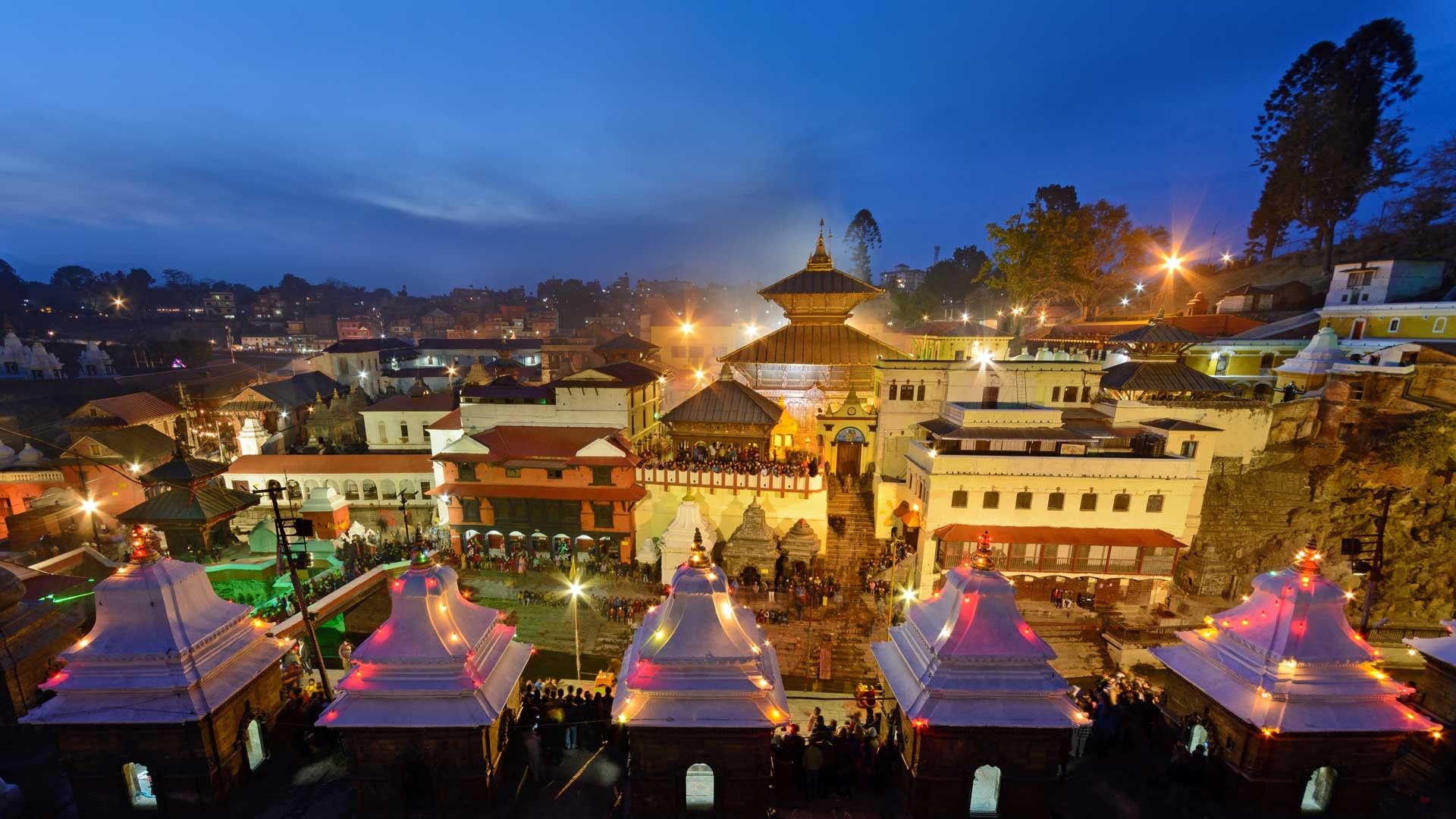
Festivals:
There are many festivals that Nepal celebrates throughout the year. The major festivals celebrated in Pashupati temple are Mahashivaratri(Great night of Shiva), Bala Chaturthi, and Teej. Many people, including shadus(holy men with long hair and smeared in ashes), visit Pashupatinath on Mondays and during the month of Shrawan. Around 1.5 million people from Nepal and India visit the Pashupati temple during Shivaratri and take a bath on the river banks.
